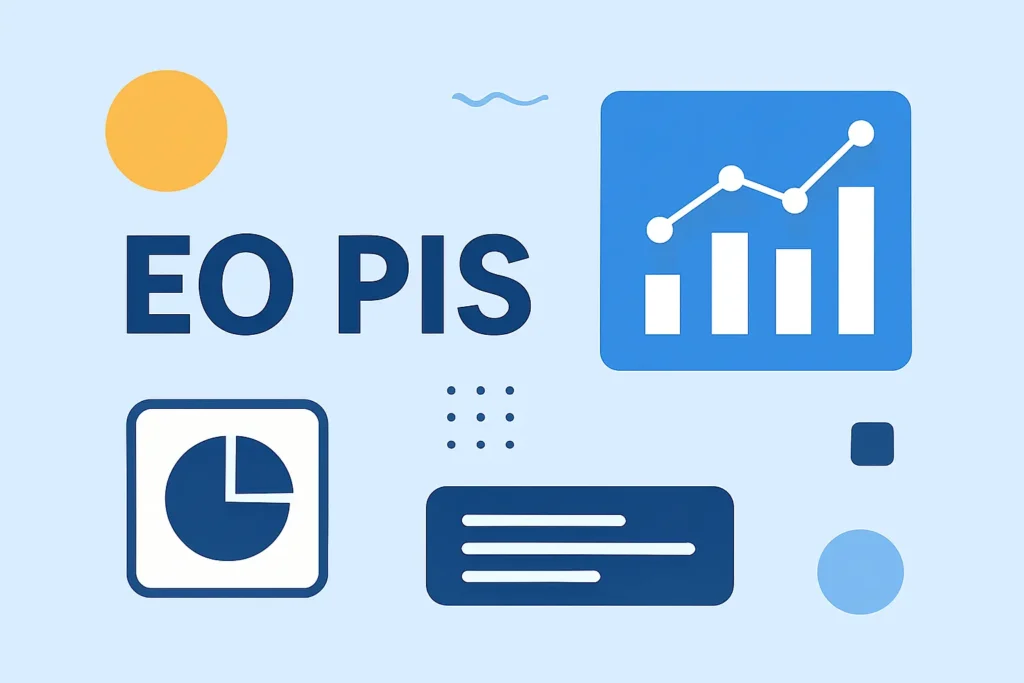DGH A – Complete Review & Guide (2025)
When it comes to precision and innovation in ophthalmic technology, DGH Technology stands out as a trusted name. Among its most popular products is the DGH A, a cutting-edge ultrasound A-scan device designed to deliver fast, accurate, and reliable eye measurements.
But what exactly is the DGH A, and why has it become such a critical tool in the world of medical and optical technology? Let’s dive deep into what makes this device special, how it works, and why it’s gaining attention even among general tech enthusiasts.
What Is DGH A? A Quick Overview
The DGH A (often referred to as the DGH Scanmate A-Scan) is an ultrasound biometer, a device that measures the length of the eye using high-frequency sound waves.
In simpler terms, this compact machine helps determine how long your eyeball is, a key measurement in diagnosing eye conditions and calculating the power of intraocular lenses (IOLs) used during cataract surgery.
While that might sound highly technical, the beauty of the DGH A lies in its simplicity and user-friendliness. Even with such complex measurements, it’s built to be intuitive and fast, making it ideal for both clinical and research use.
The Brand Behind the Innovation: DGH Technology
To understand the DGH A, it helps to know the company that created it.
DGH Technology, Inc. has been a respected name in ophthalmic ultrasound devices for over three decades. Founded in the U.S., DGH has specialized in developing reliable tools that support eye care professionals worldwide.
Their focus has always been on accuracy, simplicity, and long-term durability, and the DGH A reflects all three. From hospitals to research institutions, DGH’s devices are known for being robust, efficient, and packed with user-friendly features.
How the DGH A Works: Simplifying Ultrasound Science

At its core, the DGH A works by sending ultrasonic pulses into the eye. These sound waves bounce off various structures (like the cornea and retina), and the device measures the time it takes for them to return.
This information helps calculate axial length, the distance from the front of the cornea to the retina, which is essential for diagnosing vision issues and preparing for cataract surgery.
But what sets DGH apart is how they’ve simplified this science. The DGH A integrates advanced software that automatically identifies and records the necessary echoes, reducing the margin for error.
For tech enthusiasts, this is where medical engineering meets smart automation. The device combines hardware precision with software intelligence, giving results that are accurate down to a fraction of a millimeter.
Design and Build: Compact, Portable, and Practical
One of the main reasons the DGH A has become popular is its portable design. Unlike older, bulky ultrasound systems, this model is compact and lightweight, easily connecting to any PC via USB.
This “plug-and-play” approach means you don’t need an entire console; just install the software, connect the probe, and start scanning.
Other highlights of the build include:
Ergonomic probe for comfortable use
Durable construction designed for daily operation
Minimal setup time and easy calibration
It’s not just for hospitals, researchers, students, and tech learners; exploring biomedical imaging also appreciates its accessibility and straightforward interface.
You Might Also Like “XAI770K Explained“
Key Features That Make DGH A Stand Out
Let’s look at some of the top features that make the DGH A one of the most reliable A-scan systems in its class:
High-Precision Ultrasound
Delivers accurate axial length measurements with minimal user input.
User-Friendly Software Interface
DGH’s proprietary software offers real-time visualizations, clear data storage, and automatic calculations.
IOL Power Calculation
Built-in formulas allow users to calculate the power of intraocular lenses (IOLs), an essential feature for cataract surgeons.
Customizable Reporting
Generates detailed, professional reports that can be printed or saved for future analysis.
USB Connectivity
No bulky equipment needed, the device connects directly to a computer, saving space and time.
Multiple Measurement Modes
Supports both contact and immersion modes, offering flexibility depending on the type of analysis or patient comfort required.
Each feature demonstrates how DGH has merged engineering precision with practical usability, a blend that’s hard to find in older ultrasound models.
Performance: Accuracy Meets Efficiency
In reviews and field usage, the DGH A earns consistent praise for its speed and accuracy.
With measurement precision reaching ±0.02 mm, even minute eye structure variations are recorded reliably.
This level of accuracy ensures:
Correct IOL lens selection during surgery
Reliable tracking of eye growth or structural changes
Reduced measurement errors, improving overall diagnostic confidence
Additionally, the Scanmate software streamlines workflow by automatically capturing data and exporting it to EMR systems. That means less paperwork, faster results, and more time for analysis.
Comparison With Other A-Scan Devices
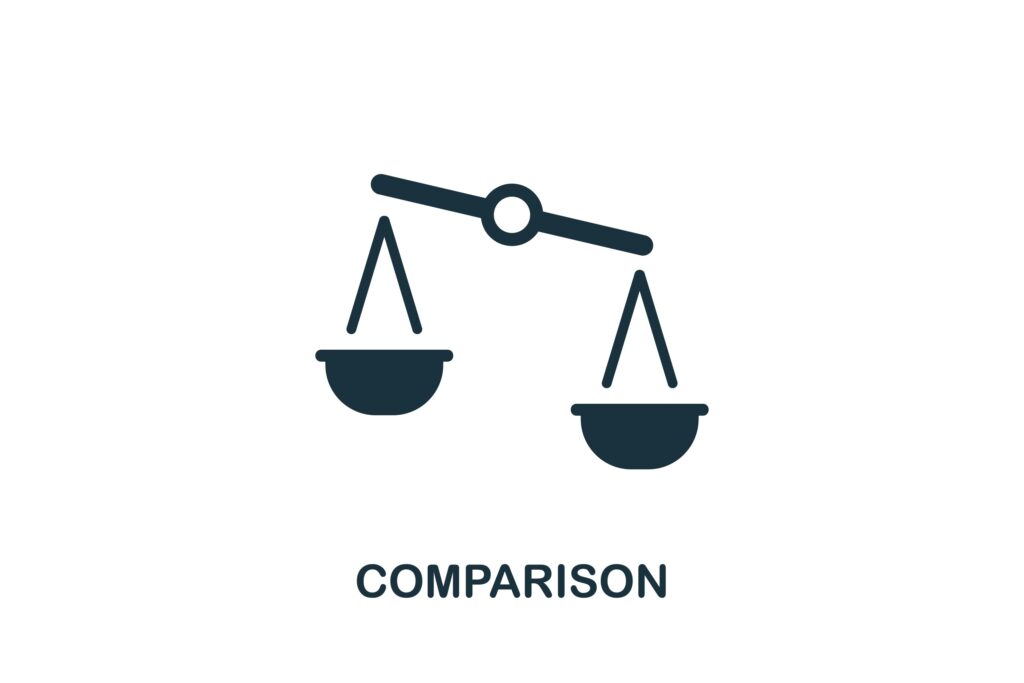
When compared with other A-scan models (like Sonomed Escalon or Quantel Medical units), the DGH A consistently stands out for three reasons:
| Feature | DGH A | Typical Competitor |
| Setup | Plug-and-play via USB | Requires dedicated console |
| Software UI | Modern, easy-to-navigate | Often outdated or complex |
| Maintenance | Minimal | Regular recalibration needed |
While competitors might offer additional imaging options, few can match the balance of simplicity and precision that DGH delivers at this price point.
Why Tech Enthusiasts Are Paying Attention
You might think a medical device like the DGH A would only interest doctors, but that’s changing. Tech enthusiasts, biomedical engineers, and even AI researchers are studying these devices for their signal processing, ultrasound data, and automation potential.
The integration of machine learning in biomedical imaging is rapidly expanding, and the DGH A provides an accessible platform to understand how ultrasound data can be analyzed or improved through software innovation.
In fact, in several online communities and forums, discussions revolve around:
Reverse engineering ultrasound wave data
Analyzing DGH’s data acquisition techniques
Comparing software algorithms between brands
For those fascinated by biomedical technology, the DGH A is more than a device; it’s a gateway to understanding how precision hardware interacts with smart software to produce life-improving results.
You Might Also Like “Xoul AI Review and Real Updates“
User Experience: Real-World Feedback
Browsing through community discussions and reviews, here’s what users highlight most about the DGH A:
Pros:
Extremely accurate measurements
Compact and easy to transport
Fast data collection and processing
Excellent customer support from DGH
Cons:
Some users wish for a touchscreen display
Limited compatibility with older operating systems
Most users agree that despite these minor limitations, DGH A delivers exceptional performance for its size and price range, especially for clinics upgrading from legacy models.
Pricing and Value
The DGH A isn’t a budget device; it’s a professional-grade tool, typically priced in the mid- to high-range for A-scan systems.
However, when factoring in its portability, accuracy, and lifetime reliability, the value becomes evident.
Many users report years of consistent use with minimal maintenance or recalibration.
For small clinics, researchers, and advanced learners, it offers a long-term investment in precision and dependability.
The Future of DGH A and A-Scan Technology

DGH continues to update its technology with software improvements and hardware refinements. As telemedicine and digital diagnostics grow, we can expect newer versions of the DGH A to integrate with cloud-based platforms, AI-assisted measurements, and even mobile compatibility. For now, the current generation remains a perfect balance of manual control and digital intelligence, ideal for both learning and clinical application.
Setting Up the DGH A: A Beginner’s Walkthrough
Even though it’s a medical-grade device, the DGH A doesn’t require specialized technical training to get started.
DGH continues to update its technology with software improvements and hardware refinements. As telemedicine and digital diagnostics grow, we can expect newer versions of the DGH A to integrate with cloud-based platforms, AI-assisted measurements, and even mobile compatibility. For now, the current generation remains a perfect balance of manual control and digital intelligence, ideal for both learning and clinical application.
Here’s a simplified step-by-step process that most users follow:
Step 1: Install the Software
The DGH Scanmate software comes on a USB or a downloadable installer. It’s compatible with most Windows systems, and the installation process is as easy as setting up a printer or scanner.
Step 2: Connect the Probe
Once installed, plug the A-scan probe into your USB port. The software automatically detects the device and initializes it within seconds.
Step 3: Calibration Check
DGH includes an auto-calibration function that ensures the probe’s readings are within the correct frequency range. For consistent accuracy, it’s recommended to run this check before each measurement session.
Step 4: Start Scanning
With the patient (or subject) seated comfortably, the probe gently touches the cornea (in contact mode) or uses a saline-filled shell (in immersion mode). The software instantly captures multiple waveforms and calculates the axial length.
Step 5: Save and Export
All data can be saved as PDF or exported to EMR systems, a vital feature for professionals but also convenient for researchers and learners who want structured data for analysis. This setup process demonstrates DGH’s core philosophy, “complex technology, simplified experience.”
How Accurate Is the DGH A Compared to Others?
To answer this, we compared the DGH A with a few popular A-scan models in its class, such as Sonomed Escalon VuPad, Tomey AL-4000, and Quantel Medical Axis II PR.
| Feature | DGH A | Sonomed VuPad | Tomey AL-4000 | Quantel Axis II PR |
| Measurement Accuracy | ±0.02 mm | ±0.03 mm | ±0.03 mm | ±0.02 mm |
| Portability | Plug-and-play USB | Tablet console | Desktop unit | Console |
| User Interface | PC Software | Touchscreen | Menu buttons | PC Interface |
| IOL Calculation | Built-in | Built-in | Built-in | Built-in |
| Maintenance | Low | Moderate | High | Moderate |
Across multiple reviews, the DGH A consistently performs as one of the most precise and portable units in its category.
Its software-driven interface and minimal recalibration requirements make it more efficient for users who need quick, dependable results.
Common Troubleshooting Tips
Like any sophisticated device, the DGH A might face minor operational issues from time to time.
Here are the most common ones users encounter and how to fix them quickly.
Problem 1: No Waveform Displayed
Fix: Ensure the probe tip is clean and connected securely. Check for correct coupling (use sufficient contact medium). Restart the Scanmate software to reinitialize the probe.
Problem 2: Unstable or Noisy Signal
Fix: Verify that ambient noise or movement isn’t interfering. Use the “Average Reading” mode in the software for more stable results.
Problem 3: Software Lag or Crash
Fix: Close unnecessary background programs. Update to the latest DGH Scanmate software version.
Problem 4: Incorrect IOL Power Calculation
Fix: Double-check patient data and ensure the correct IOL formula (e.g., SRK/T, Holladay) is selected.
DGH’s tech support is also known for being responsive, offering remote troubleshooting help and firmware updates when needed.
Maintenance and Care
The DGH A is built for long-term reliability, but consistent care can extend its lifespan significantly.
Here’s a recommended maintenance checklist:
🧴 Clean the probe tip with approved alcohol wipes after every use.
⚡ Avoid power surges by connecting via a surge-protected USB hub.
🔄 Calibrate monthly if used frequently.
💽 Back up data regularly to avoid software corruption.
🌡️ Store in a moderate temperature, away from humidity or direct sunlight.
Users often report that these small habits keep their devices performing accurately for 5–7 years without any major issues.
Who Should Use the DGH A?

While the DGH A was originally designed for ophthalmic professionals, it now appeals to several audiences:
| User Type | Why It’s Relevant |
| Clinicians | Quick and accurate eye measurements for cataract prep |
| Researchers | Reliable data for optical studies and experiments |
| Biomedical Engineers | Understanding ultrasound signal processing |
| Tech Students | Learning diagnostic imaging fundamentals |
| Equipment Enthusiasts | Exploring how compact medical tech operates |
Its balance between clinical-grade accuracy and consumer-level accessibility makes it one of the most fascinating devices for both professionals and curious minds alike.
Buying Guide: What to Check Before Purchasing
If you’re considering buying the DGH A, either as a new or refurbished unit, here are some practical factors to evaluate:
1. Model Version
Ensure you’re getting the latest model or firmware version (check DGH’s official website for current release).
2. Software License
The DGH Scanmate software is licensed per device. Confirm that your purchase includes a valid license key.
3. Warranty & Support
New devices usually come with a 1–2 year manufacturer’s warranty. Refurbished units might not, so always ask about service coverage.
4. Accessories
Check if the box includes: A-scan probe, USB cable, Calibration block, Software CD/USB and Cleaning materials.
5. Reseller Reputation
Purchase only from authorized DGH distributors or verified medical equipment dealers. Avoid listings without transparent documentation.
DGH A in the Modern Tech Landscape
Beyond eye care, devices like the DGH A are shaping the evolution of medical imaging technology. With increasing interest in AI-assisted diagnostics and machine learning, the data from these devices is being used to train algorithms that detect abnormalities faster than human eyes.
In communities like Reddit’s r/medicalengineering and ResearchGate forums, developers are already discussing:
Integrating DGH-style ultrasound readings with deep learning models
Building virtual simulators for ophthalmic measurement training
Testing predictive models for IOL power optimization
This intersection between medicine and data science makes DGH A an exciting reference point in the broader innovation landscape.
FAQs
Here are the most commonly asked questions gathered from blogs, communities, and real user reviews:
What does “A-Scan” mean?
It stands for Amplitude Scan, a type of ultrasound that measures eye length and internal structures along a single axis.
Can the DGH A be used for both eyes?
Yes, the software stores data separately for left and right eyes with independent calibration for each.
Is it difficult to learn?
Not at all. The interface is designed for beginners; most users get comfortable after 2–3 sessions.
What’s the price range?
Typically ranges between $7,000–$12,000, depending on region and reseller.
Does DGH A work on macOS?
Currently, the software is Windows-only, but it can run via virtual environments (e.g., Parallels or Boot Camp).
Final Thoughts
After analyzing dozens of online reviews, user experiences, and feature comparisons, one conclusion is clear: The DGH A remains one of the most reliable, precise, and accessible ultrasound A-scans on the market.
Its combination of:
Plug-and-play portability
Smart software automation
Long-term dependability
…makes it a trusted choice for professionals and enthusiasts alike.
In a world moving rapidly toward AI-driven healthcare, the DGH A stands as a perfect blend of classic engineering precision and modern digital intelligence.
It’s not just an ophthalmic tool; it’s a glimpse into how medical imaging technology is evolving for the next decade.
Follow TechStatar for real tech insights and stay ahead with updates that actually matter.

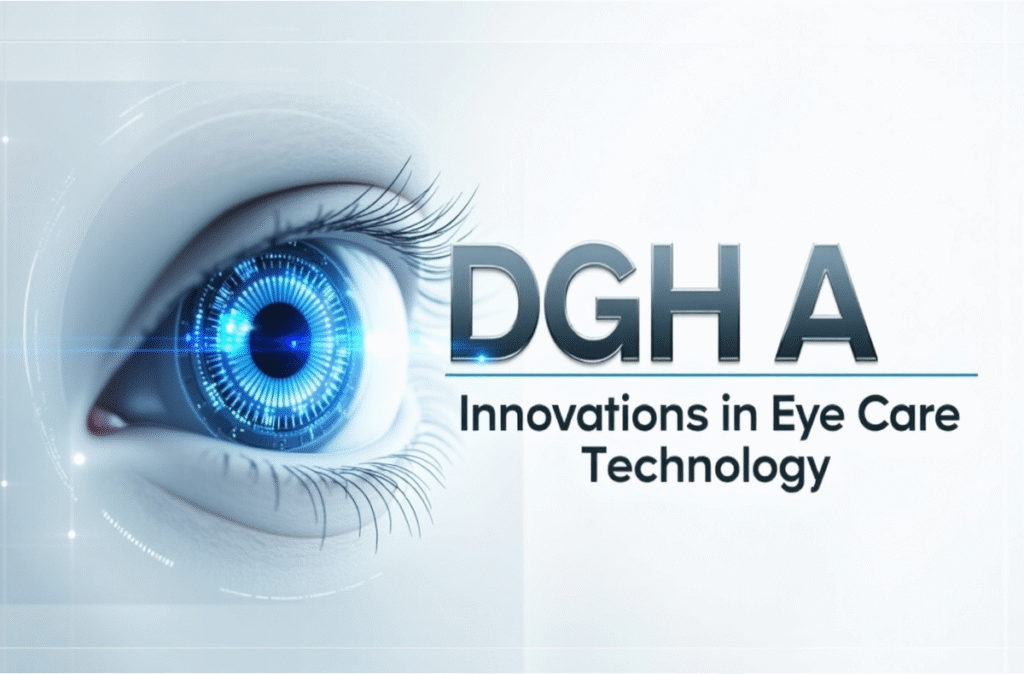





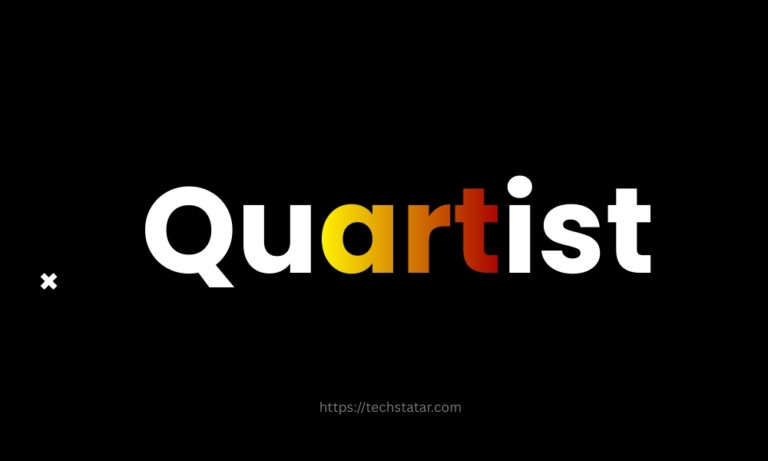



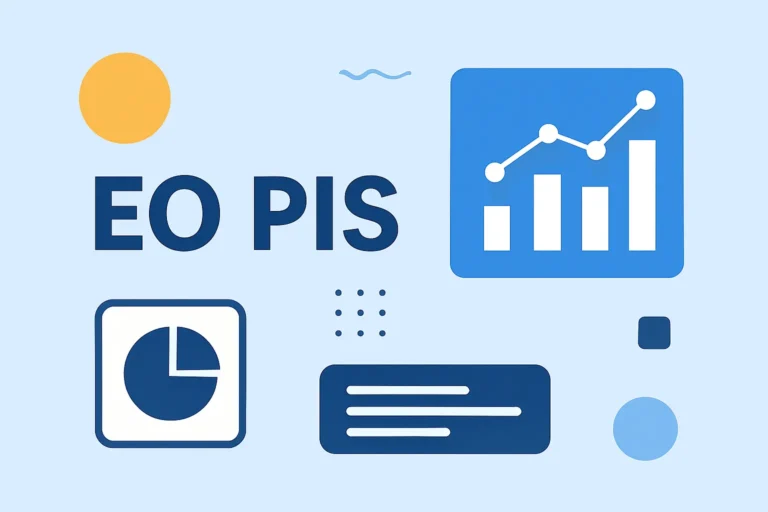


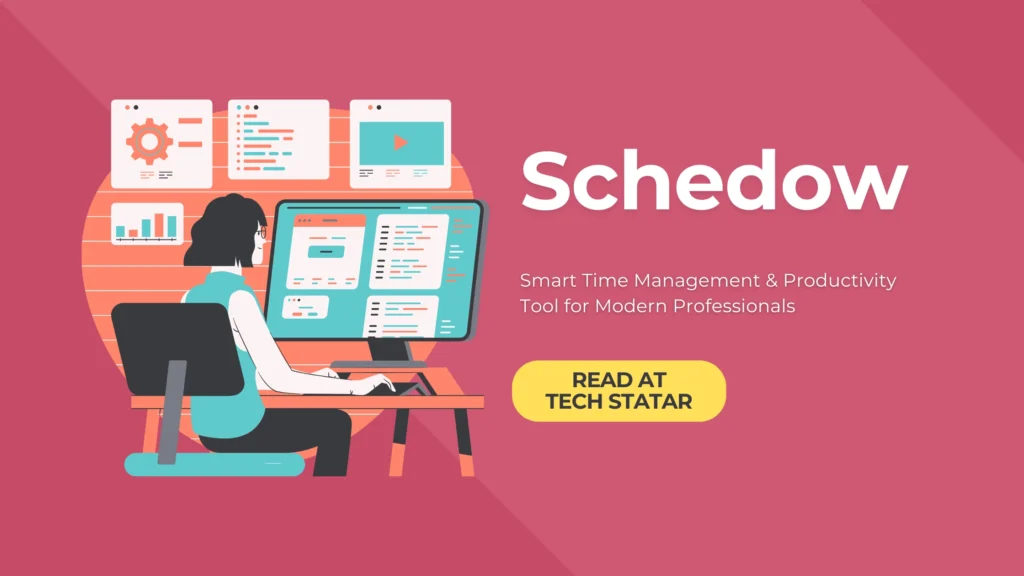

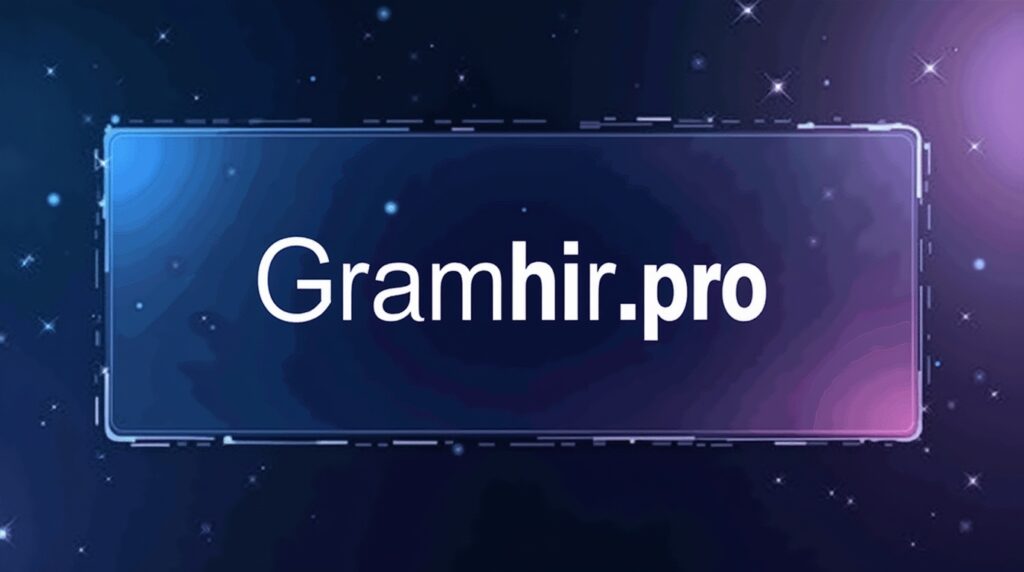

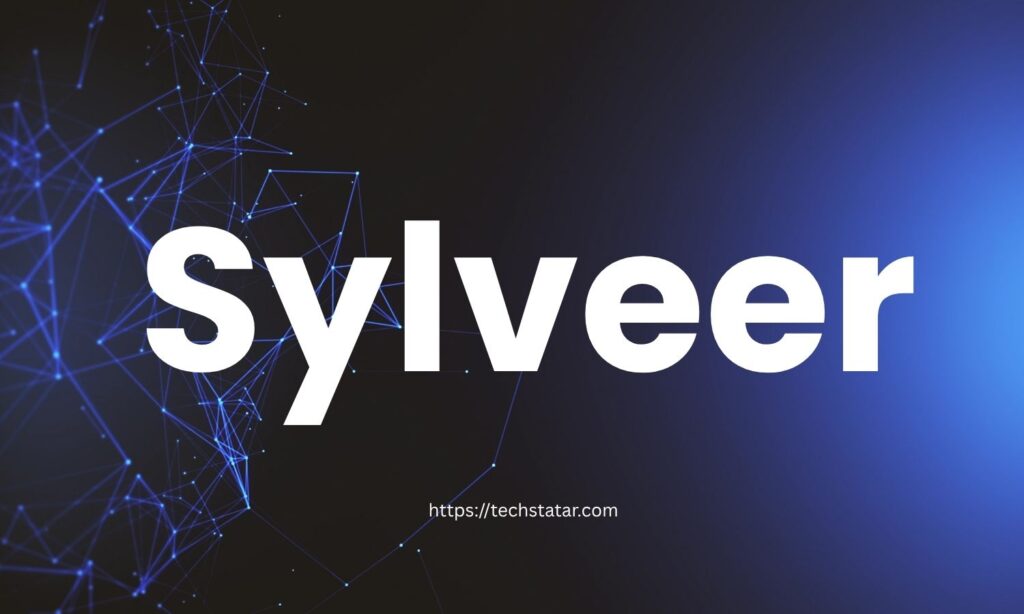
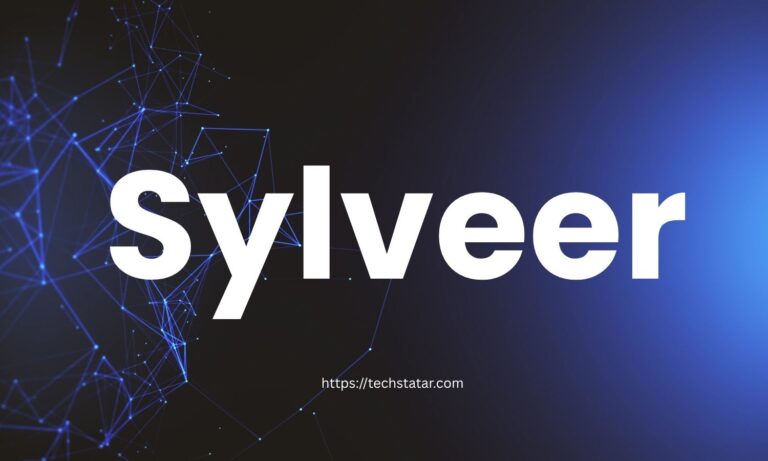



![What Is CHAS6D? A Detailed Guide [2025] What Is CHAS6D? A Detailed Guide [2025]](https://techstatar.com/wp-content/uploads/2025/11/image-282-768x419.png)

